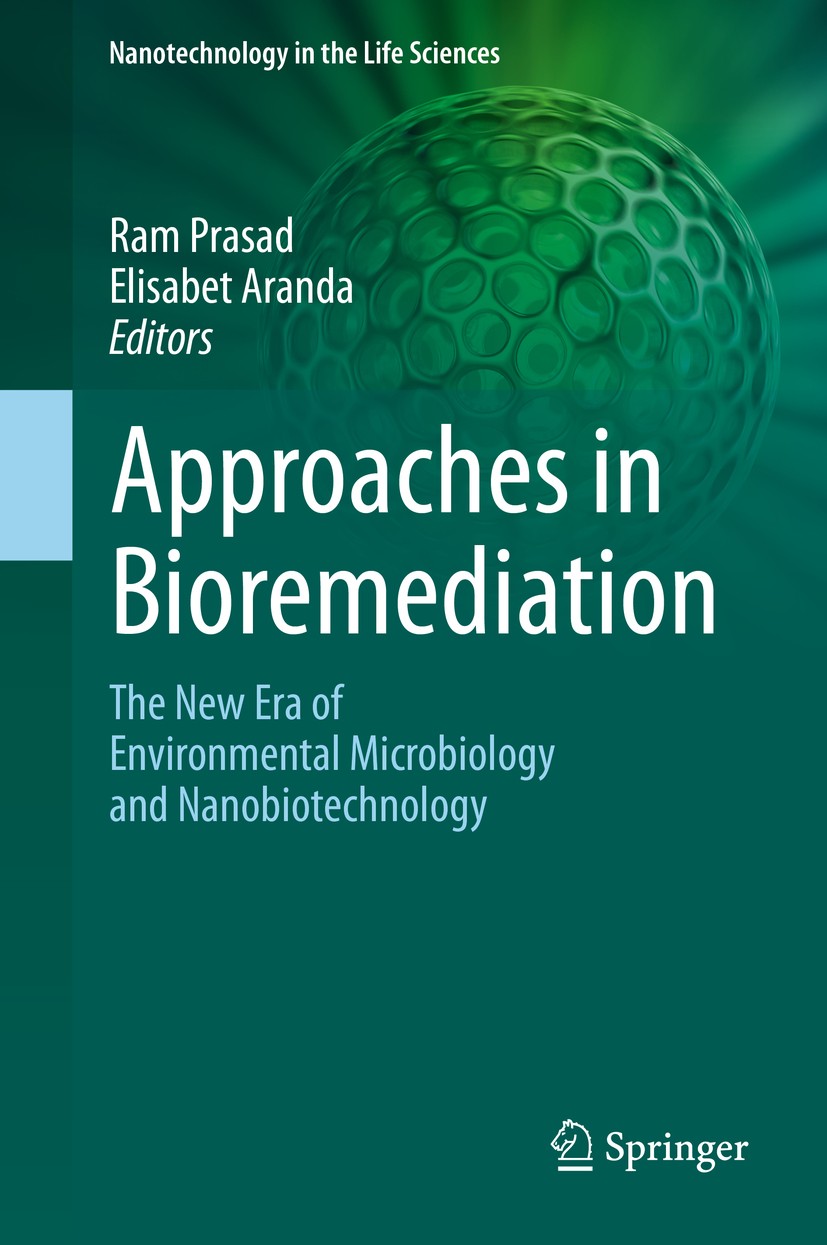| 期刊全称 | Approaches in Bioremediation | | 期刊简称 | The New Era of Envir | | 影响因子2023 | Ram Prasad,Elisabet Aranda | | 视频video | http://file.papertrans.cn/161/160297/160297.mp4 | | 发行地址 | Written by leading scholars from around the world.The first comprehensive discussion of nanotechnolgy and bioremediation.Novel approaches and proven application techniques.Richly illustrated and fully | | 学科分类 | Nanotechnology in the Life Sciences | | 图书封面 |  | | 影响因子 | .Bioremediation refers to the clean‐up of pollution in soil, groundwater, surface water, and air using typically microbiological processes. It uses naturally occurring bacteria and fungi or plants to degrade, transform or detoxify hazardous substances to human health or the environment..For bioremediation to be effective, microorganisms must enzymatically attack the pollutants and convert them to harmless products. As bioremediation can be effective only where environmental conditions permit microbial growth and action, its application often involves the management of ecological factors to allow microbial growth and degradation to continue at a faster rate. Like other technologies, bioremediation has its limitations. Some contaminants, such as chlorinated organic or high aromatic hydrocarbons, are resistant to microbial attack. They are degraded either gradually or not at all, hence, it is not easy to envisage the rates of clean-up for bioremediation implementation..Bioremediation represents a field of great expansion due to the important development of new technologies. Among them, several decades on metagenomics expansion has led to the detection of autochthonous microbiota that | | Pindex | Book 2018 |
The information of publication is updating

|
|
 |Archiver|手机版|小黑屋|
派博传思国际
( 京公网安备110108008328)
GMT+8, 2025-11-17 17:07
|Archiver|手机版|小黑屋|
派博传思国际
( 京公网安备110108008328)
GMT+8, 2025-11-17 17:07


